I wonder if the spouses of billionaires like Musk, Bezos, and Zuckerberg compete among themselves like those on The Gilded Age. If Julian Fellowes’ period drama is any indication, the power struggles and ego matches between the families of the ultra-rich must be both epic and surprisingly mundane.
The Season 2 premiere of The Gilded Age recently aired on HBO and picks up where the first one left off. When we last saw her, Mrs. Russell triumphantly conquered her way into New York’s elite high society. Although the Russells are the city’s wealthiest family (Mr. Russell’s a railroad baron), they were long excluded by Mrs. Astor, “the queen bee” who decides who belongs to the upper crust. Branded as “new money,” the Russells were long dismissed with contempt because they supposedly lacked the social graces of those born rich.
The Story So Far…
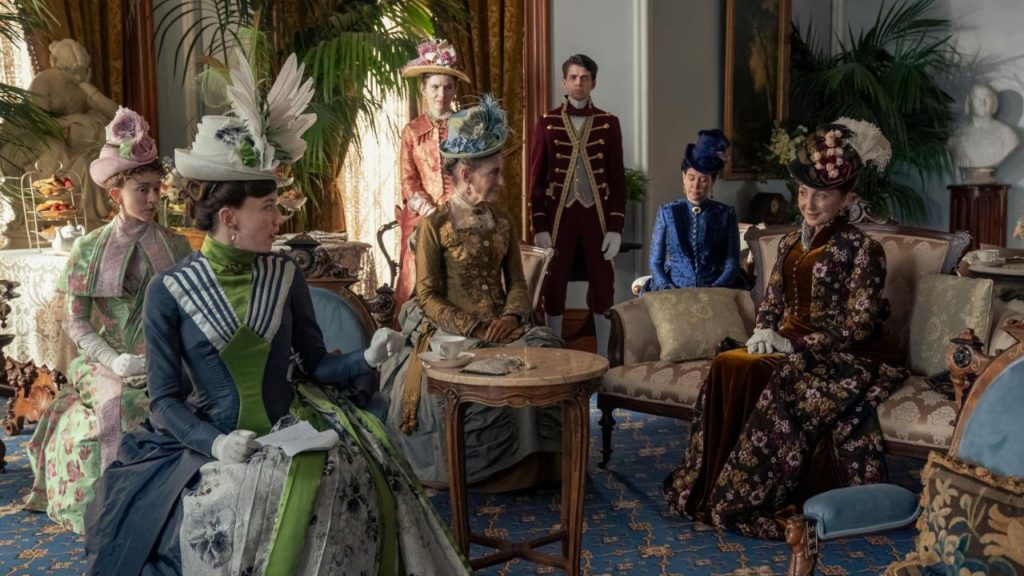
Throughout Season 1, Mrs. Russell waged war against the old establishment. She strategised and even strongarmed her way to make friends. Her efforts culminated in throwing a lavish debutante ball for her daughter Gladys. The crowning glory was that Mrs. Astor was forced to (grudgingly) attend, which publicly validated the Russell family’s position in New York.
Although Mrs. Russell’s mania for social acceptance was often extreme and caused plenty of tension with other people, at the heart of it all is a woman who sincerely wants the best for her family: to secure their future happiness and ensure that her husband and children are respected and accepted by their peers. We really can’t fault her for that.
Season 1 was a solid if sometimes meandering stroll through America’s Gilded Age era, a time when the country experienced exciting new changes that rocked the old world: when the working class could dream big, when women started pursuing their ambitions, and when African Americans could enjoy luxurious living just like their white counterparts.
A Whole “New World”

The first episode of Season 2, “You Don’t Even Like Opera,” opens with all the characters attending church for Easter service. Yet somehow, the spirit of renewal was not with this episode, which doesn’t bode well for this upcoming season. It felt slightly tired, retreading old plots instead of blazing in new directions. Even the opening credits were identical to Season 1.
The episode did, however, manage to touch base with all the characters. Nearly everyone popped up, which is no small feat, considering the sprawling ensemble cast. A few new characters were also introduced or mentioned. These include the Spring family (the ones who adopted Peggy Scott’s baby), a new priest, the unseen widow Mrs. Blane, and cousin Dashiell, a relative of the Van Rhijns. I sincerely hope the new blood can help mix things up.
Much like its big sister, Downton Abbey (also by Julian Fellowes), The Gilded Age thrives on the upstairs/downstairs dynamics between the wealthy and those who serve their every whim. But while the servants of Downton had vibrant personalities and gripping personal lives, the “downstairs” characters on The Gilded Age are almost afterthoughts who feel pretty one-dimensional. Sometimes, it’s hard to even remember their names, let alone connect with them emotionally as people.
The show’s lackluster dialogue also continues in Season 2. Nowhere is this clearer than with Aunt Agnes. It’s obvious that Julian Fellows envisioned Aunt Anges as The Gilded Age’s version of Maggie Smith’s fearsomely sarcastic Violet Crawley. While Christine Baranski is amazing in everything she does, Aunt Agnes, though formidable, lacks the Downton dowager’s rapier wit.
The Young Upstart Series
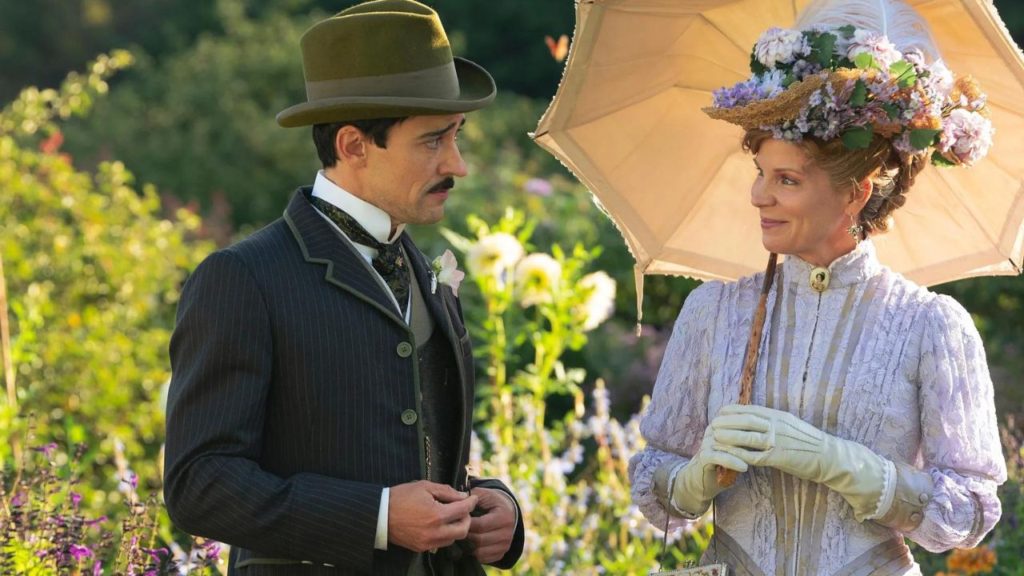
What I’m most looking forward to this season is the promised battle between Mr. Russell and the labour unionists. Watching him and the other industrialists mocking the unionists’ demands for fair pay, especially in light of the ongoing actors’ strike, was interesting and illuminating. Their determination to crush the unionists shows that the 1% behave the same in any age.
The struggle for the new to be accepted by the old is paralleled by The Gilded Age and Downton Abbey. Downton Abbey is like old money: society–established, popular, and Eurocentric. Meanwhile, The Gilded Age is like the Russells – a young upstart series trying hard to make it big in the world.
The Gilded Age has all the makings of a great show: a golden cast, sweeping production value, and a rich historical backdrop to mine stories from. Still, while its plots are told competently, they’re not exactly compelling. If it doesn’t soon provide its characters and dialogue more backbone like a good corset, The Gilded Age may prove that not all that glitters is gold.



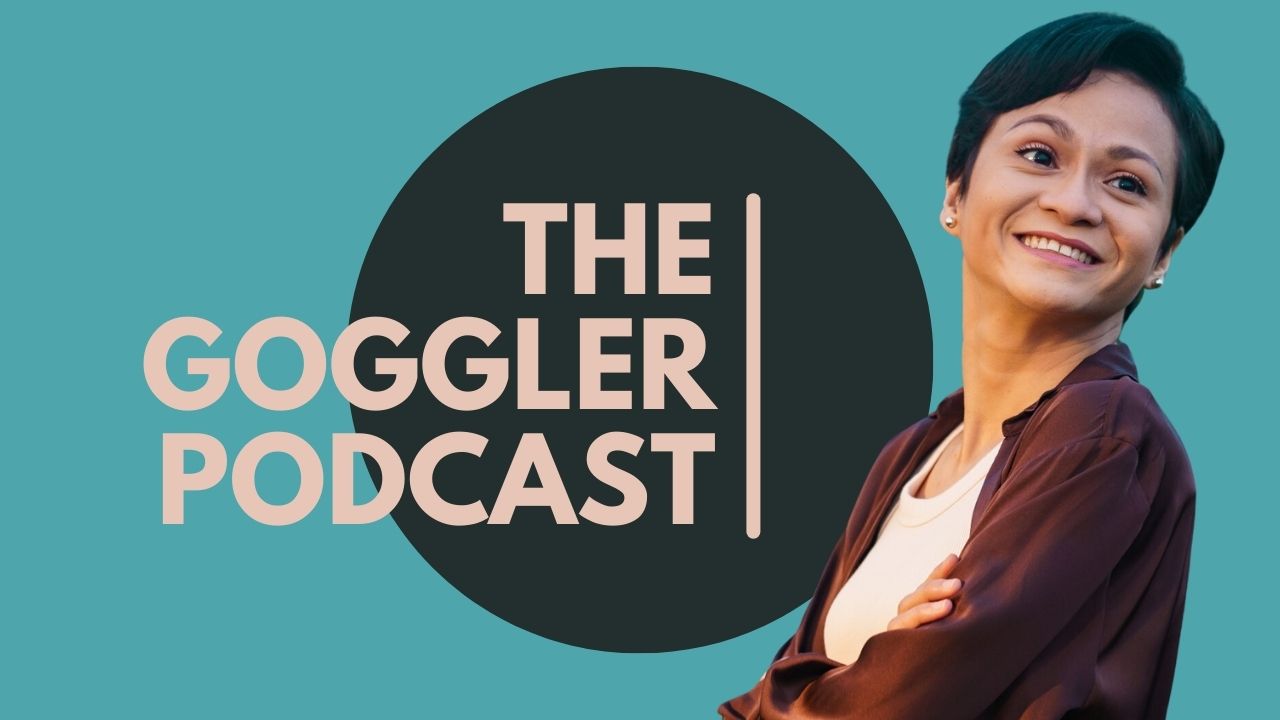
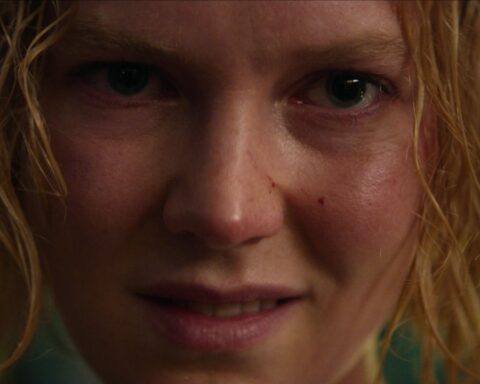

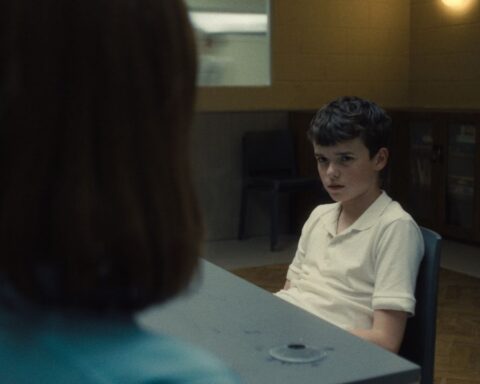
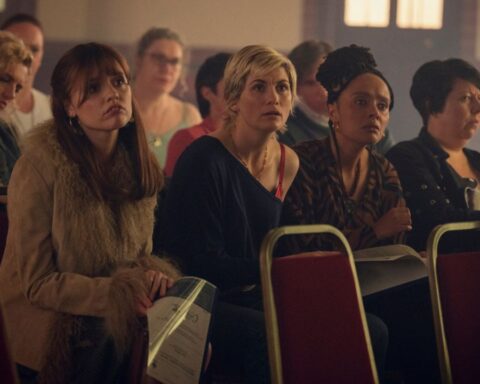

Follow Us